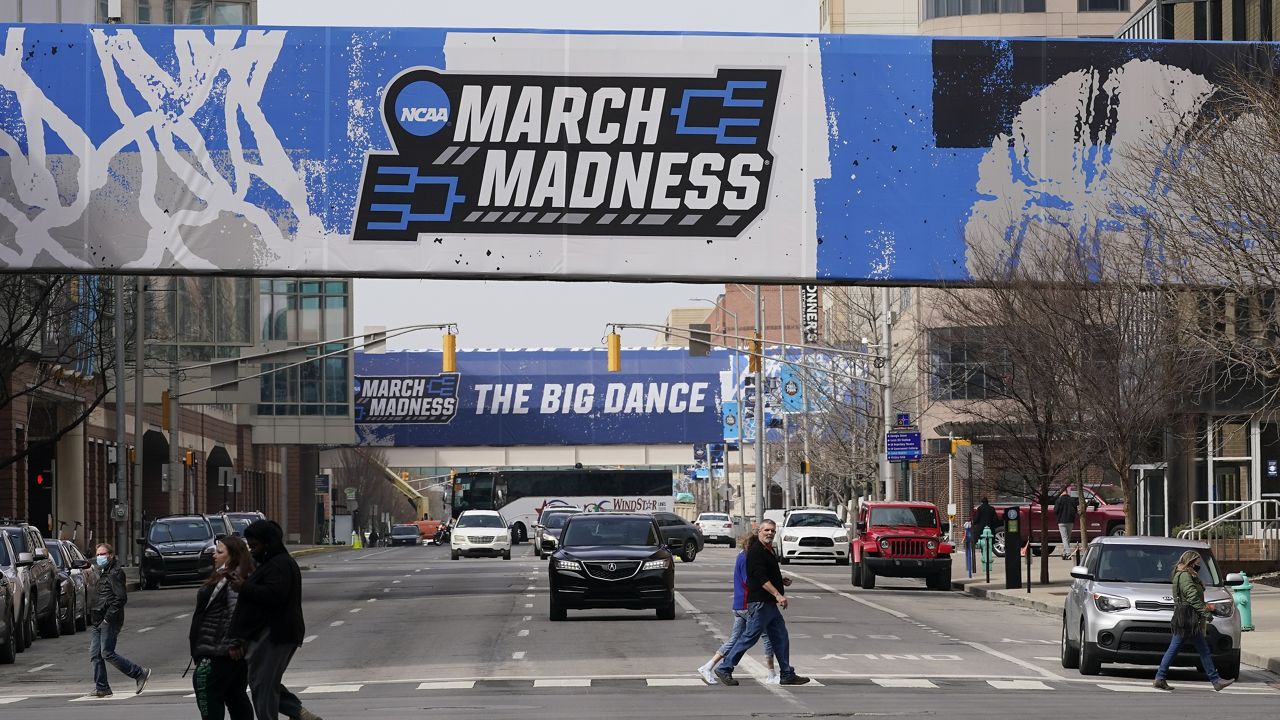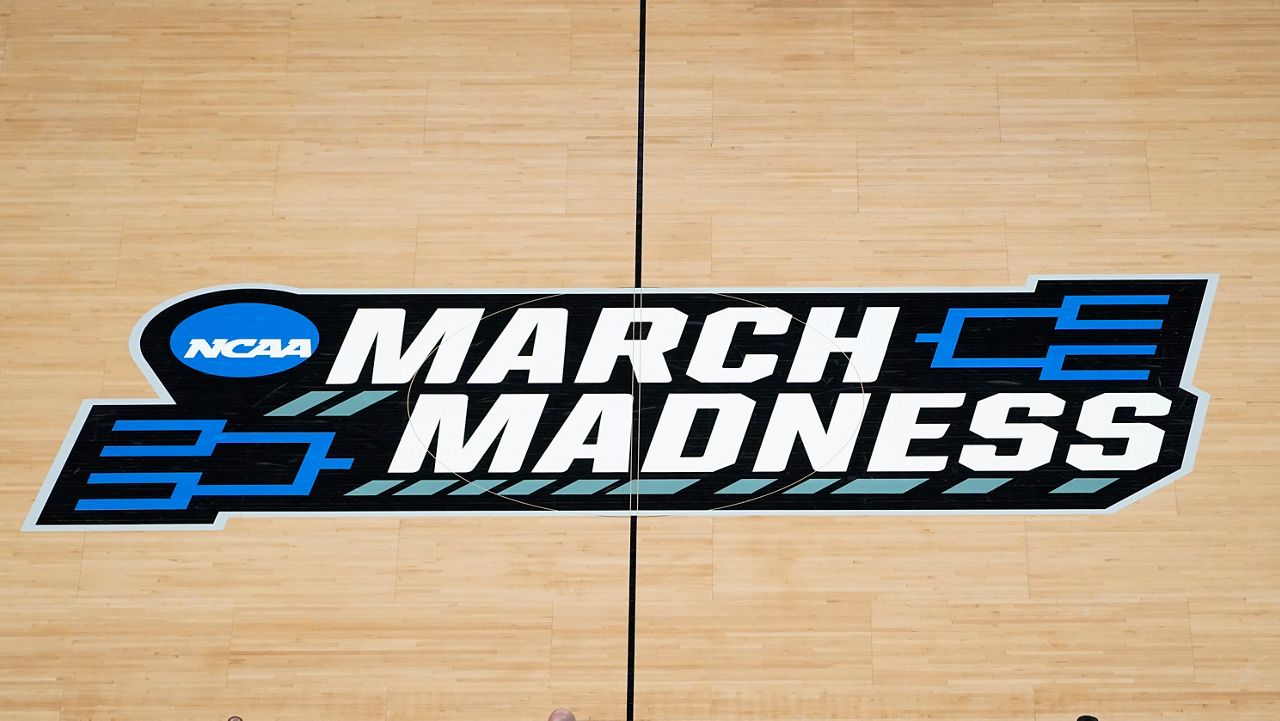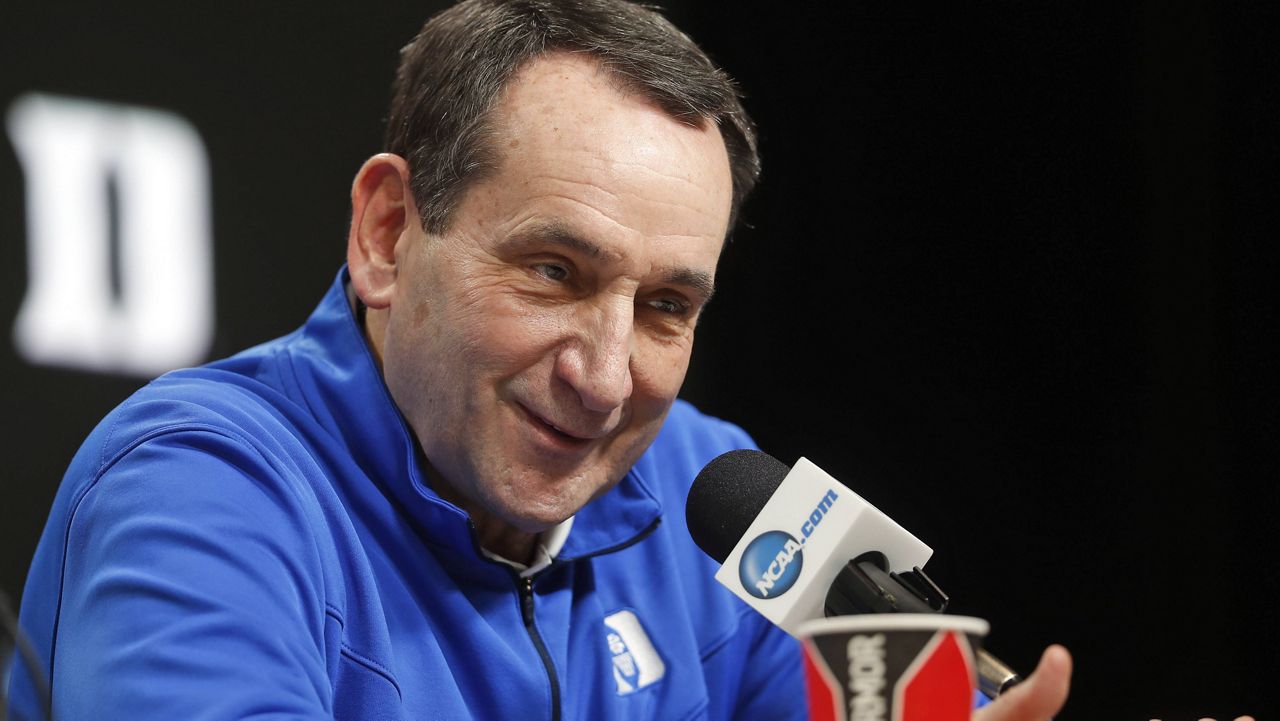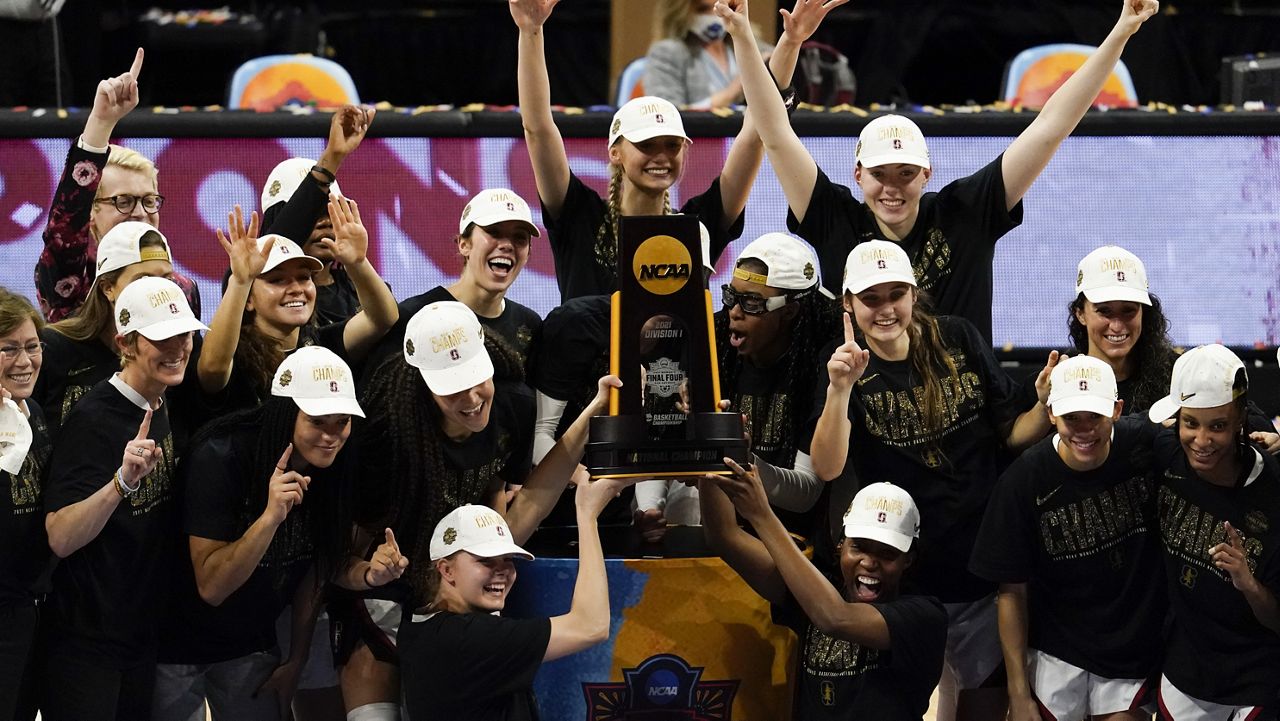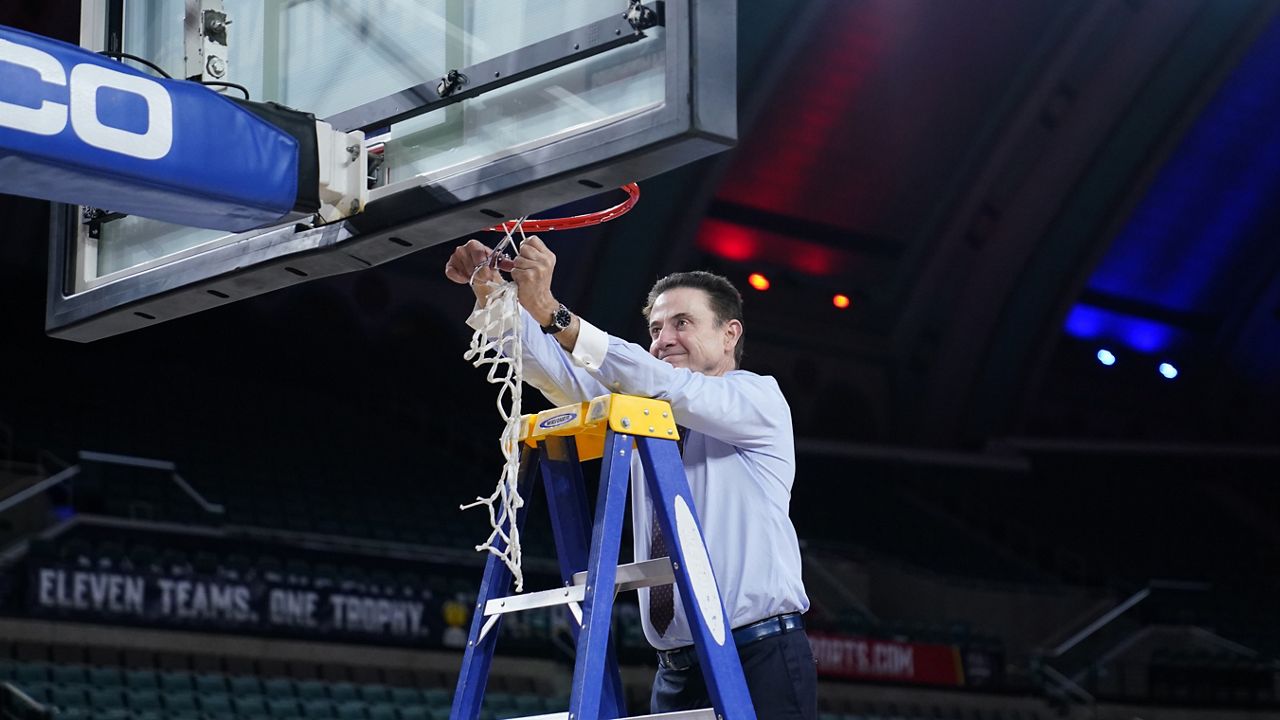There’s more madness surrounding this year’s NCAA Tournament. But at least there’s a tournament.
A year after COVID-19 forced the NCAA to cancel its championship men’s basketball tournament, the marquee event returned Thursday.
Of course, the pandemic has altered countless aspects about this year’s tournament, and the coronavirus’ impact has been felt even before the first tipoff.
On Tuesday, six referees were ruled out after one tested positive for COVID-19 and five others who went out to dinner with him were deemed to be close contacts.
Instead of playing games in predetermined arenas spread out around the country, this year’s “Big Dance” is being held entirely in Indiana. The NCAA said it made the change “to enhance the safety and well-being of the event” during the pandemic.” This year’s Final Four had already been scheduled to be played at Indianapolis’ Lucas Oil Stadium.
The NCAA is trying to create a “bubble,” a controlled environment aimed at preventing players, coaches, and team personnel from contracting and spreading COVID-19. The protocols just to enter the bubble were rather strict. Coaches, players and others had to test negative for seven straight days before arriving in Indianapolis, take another test upon their arrival, quarantine in their rooms and then pass yet another test 12 hours later.
As of Tuesday, only five of 2,300 tests had come back positive.
“We have a very good plan regarding [COVID-19],” said Dan Gavitt, the NCAA’s senior vice president of men’s basketball, according to the Las Vegas Review-Journal. “Our medical protocols have been clearly communicated. Testing, masking, physical distancing and making sure meals are spaced or individual. As long as teams are disciplined in how they approach outside of games as well as during games, we feel confident.”
The players, who are wearing contact-tracing devices, can expect to spend a lot of their down time in their hotel rooms.
“It's a lot different being in a bubble and not being able to go outside and seeing the fanfare and being part of all that,” Iona coach Rick Pitino said. “ … There's nothing to do all day for these guys. So it's a little bit different than a normal NCAA experience. But it's it's obviously a necessity to do it this way.”
COVID-19 forced several teams to drop out of their conference tournaments. With that possibility in mind, the NCAA selected four teams as alternatives in case any of the 68 that qualified could not play, but Tuesday’s deadline for replacing teams passed with no schools withdrawing.
As of Wednesday, all but one team — Virginia — had arrived in Indianapolis. The Cavaliers dropped out the Atlantic Coast Conference tournament last week (after defeating Syracuse, which earned a No. 11 seed in the NCAA tournament) after an individual affiliated with the team tested positive, but they can still complete their seven consecutive days of negative tests and arrive in Indianapolis on Friday, a day ahead of their first-round game against Ohio.
The arenas being used are Lucas Oil Stadium, Bankers Life Fieldhouse, Butler University's Hinkle Fieldhouse and Indiana Farmers Coliseum – all located in Indianapolis – as well as Purdue University's Mackey Arena in West Lafayette and Indiana University's Assembly Hall in Bloomington.
Attendance is being limited to 25% of capacity — which amounts to 17,500 fans and a whole lot of cardboard cutouts at Lucas Oil Stadium. Much of the crowd will be made up of players’ and coaches’ relatives. Bands and cheerleaders won’t be on hand, a blow to the usual energetic atmosphere at games.
The schedule this year is different than fans are accustomed to as well.
Traditionally, the First Four play-in games are played on a Tuesday and Wednesday nights, the first-round contests are played Thursday and Friday, and the second round is played Saturday and Sunday. For logistical reasons this year, the First Four Games took place on Thursday, with the first two rounds stretching from Friday to Monday.
The First Four games got underway Thursday, with Texas Southern besting Mount St. Mary’s to play the No. 1 seeded Michigan Wolverines. The day’s marquee event, UCLA vs. Michigan State — two of college basketball’s most storied programs — saw the Bruins best the Spartans. They will go on to play No. 6 BYU Saturday.
For a handful of teams, it’s been an especially long journey to this moment. Four schools that had earned automatic bids to last year’s canceled tournament have qualified again. No. 1 overall seed Gonzaga is a regular, but Winthrop, Liberty, and Utah State are programs that are far from guaranteed to reach this point.
“To have the disappointment that we had a year ago and to not be deterred, to have the type of focus, determination and approach they had since they got out of quarantine," Winthrop coach Pat Kelsey said Tuesday. “This is a very driven team.”
Gonzaga is the top storyline in this year’s event. The 26-0 Bulldogs are trying to become the first team to have a perfect season since Indiana in 1976. The Zags will meet the winner of Norfolk State vs. Appalachian State in the first round Saturday night.
Michigan, Illinois, and Baylor are the other No. 1 seeds in their respective regions.
As for players to watch, keep an eye on Gonzaga sharpshooter Corey Kispert, beastly Iowa center Luka Garza, Illinois guard Ayo Dosunmu, and Oklahoma State’s Cade Cunningham, who is projected by many to be the No. 1 overall pick in this year’s NBA draft.
A new champion will be crowned April 5.




